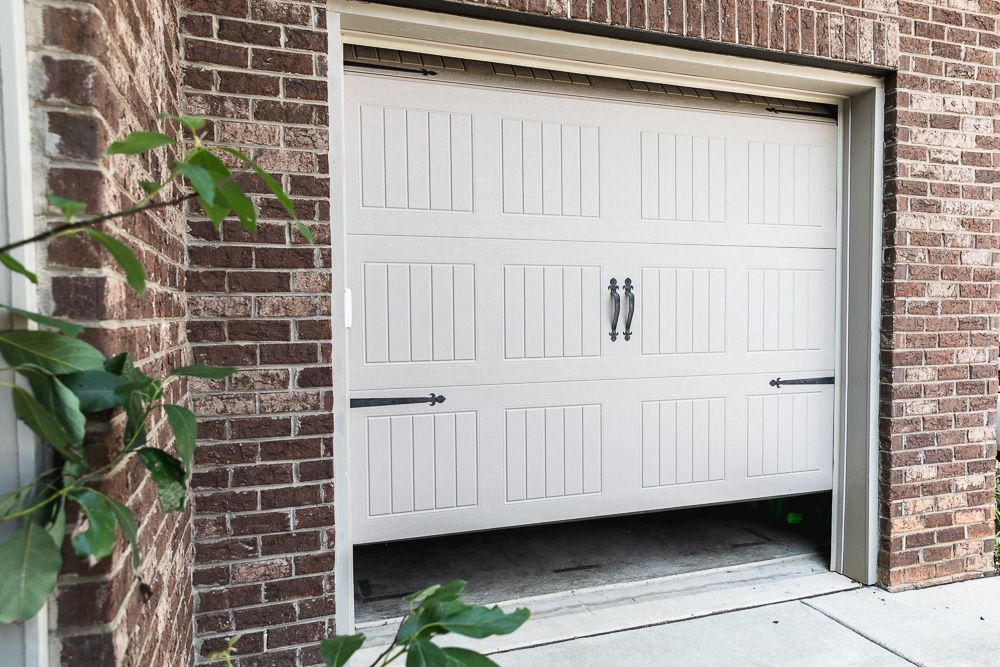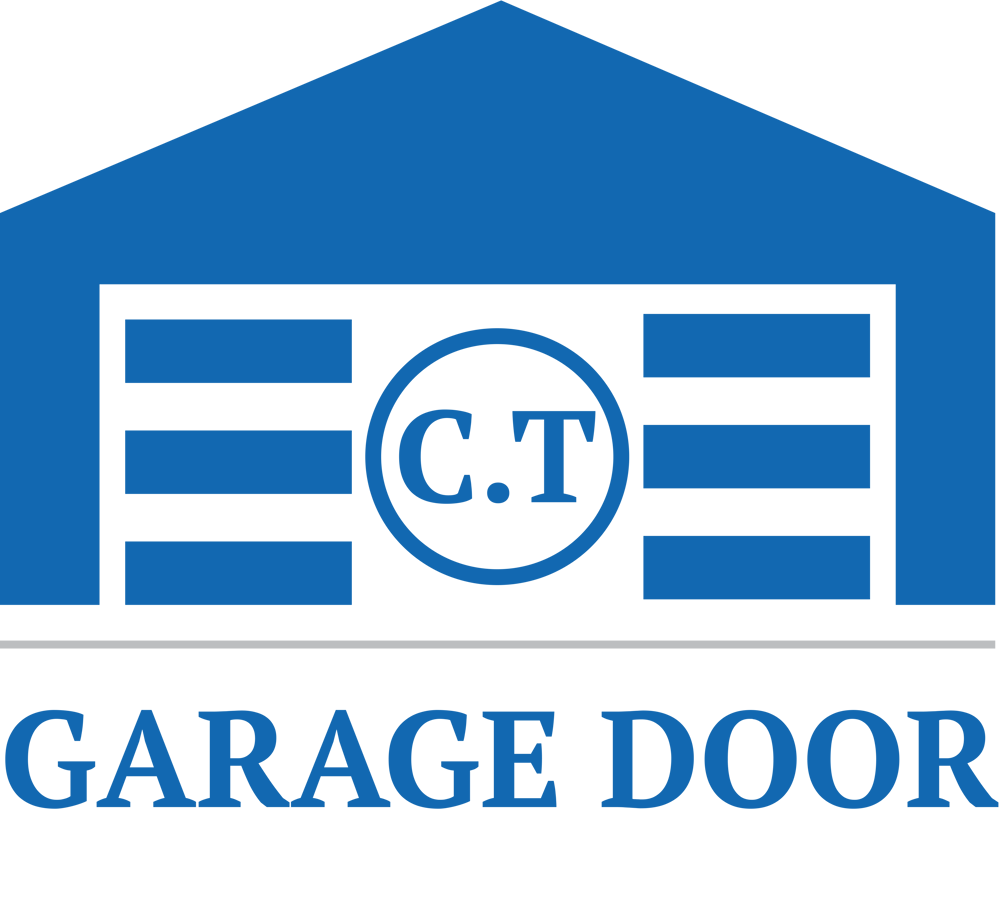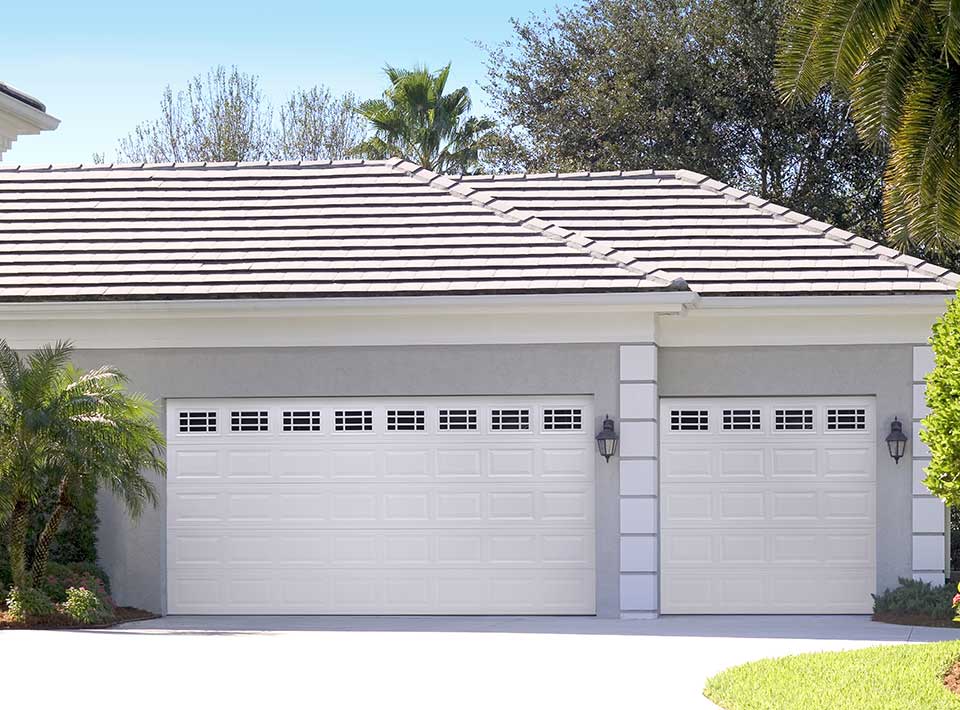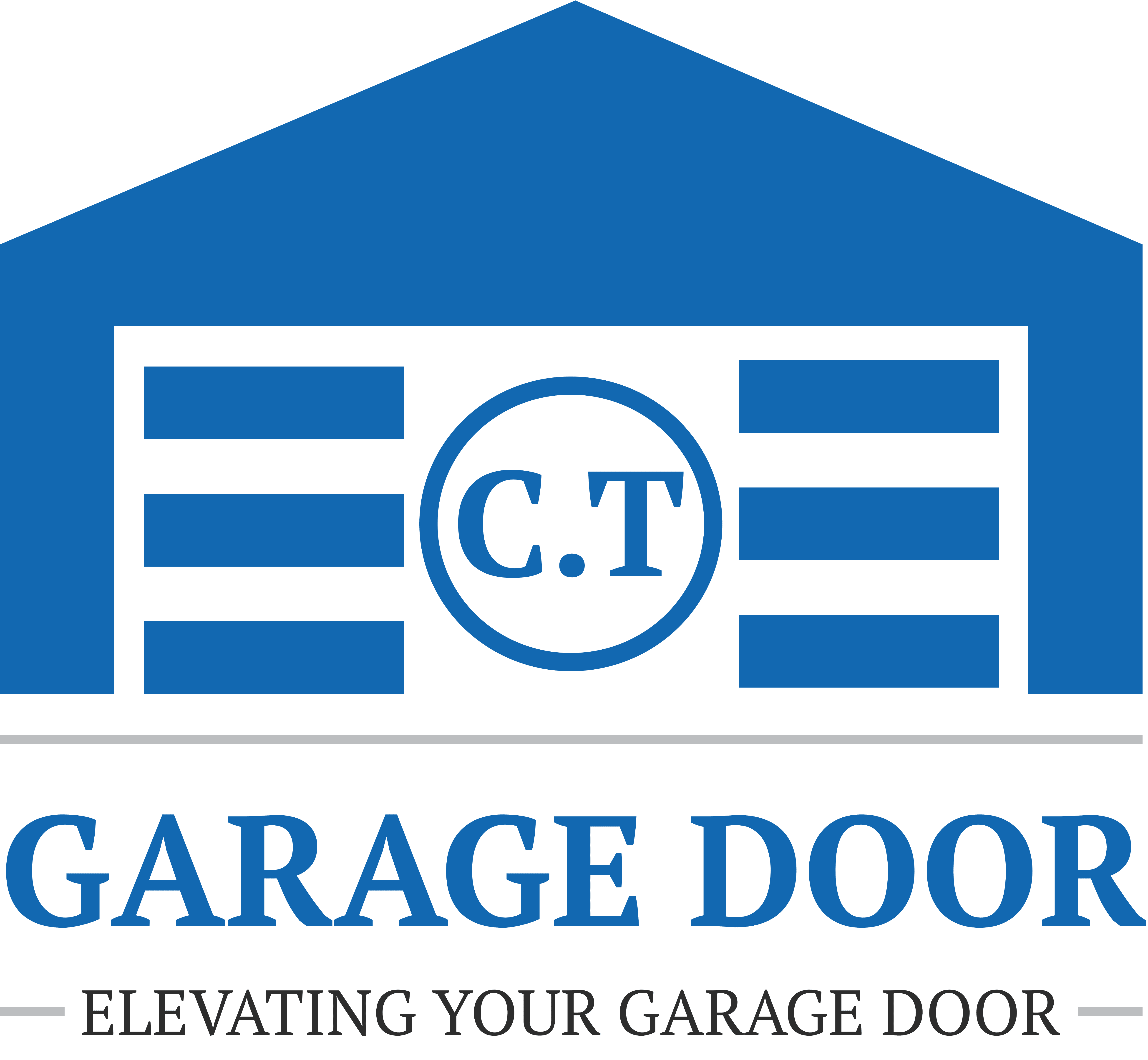The garage door is often an overlooked yet vital component of our homes. It faithfully guards our vehicles and possessions, providing convenience and security. But have you ever wondered what goes into making this everyday marvel work seamlessly, day in and day out?
Unlocking the mysteries of your garage door’s inner workings is not just a matter of curiosity; it’s essential for ensuring its longevity and reliable performance. From the sturdy panels that form the door itself to the intricate spring systems and motors that facilitate its smooth operation, each part plays a crucial role. We will delve into the functions and maintenance requirements of these components, shedding light on how to maximize their lifespan and keep your garage door operating flawlessly.
Join us as we explore the inner workings of your garage door, empowering you with the knowledge to make informed decisions about maintenance, repairs, and upgrades. Whether you’re a homeowner or a DIY enthusiast, this article will equip you with the insights needed to appreciate the true craftsmanship behind this everyday convenience. And if you’re in Delray Beach and in need of Overhead garage door repair, you’ll find valuable information here to keep your garage door in excellent shape.
Unveiling the Hidden Mechanics: What Powers Your Garage Door
Your garage door may seem like a simple device, but it’s a marvel of engineering with a multitude of components working in harmony to provide the convenience and security you rely on. In this section, we will unveil the hidden mechanics that power your garage door and give you a deeper understanding of how it all works.
Electric Motors: The Driving Force
The key element driving your garage door is the electric motor. Typically installed on the ceiling of your garage, this motor is responsible for opening and closing the door at your command. It’s important to note that garage door motors come in various sizes and power levels to suit different door types and sizes. A properly sized motor ensures smooth and efficient operation, reducing wear and tear on the system. If you ever encounter issues with it, don’t hesitate to reach out to our experts at CT Garage Door Repair for expert assistance.
Torsion Springs and Counterbalance Systems
While the electric motor provides the muscle, the torsion springs and counterbalance systems provide the finesse required to balance and control the garage door’s movement. Torsion springs are wound tightly and mounted above the door, storing and releasing energy as the door moves. This counteracts the door’s weight, making it easy to lift manually and preventing it from crashing down when released.
Understanding the interplay between the motor and these spring systems is crucial to the door’s overall functionality and lifespan. Proper maintenance, regular lubrication, and occasional adjustment of these components are essential to keeping your garage door operating smoothly. In the next section, we’ll dive deeper into the specifics of electric motors and the role they play in your garage door’s operation. Understanding these hidden mechanics will empower you to make informed decisions about maintenance and repairs, ensuring your garage door serves you reliably for years to come.

Wear and Tear 101: How to Gauge the Health of Your Garage Door Parts
Just like any mechanical system, the components of your garage door are subject to wear and tear over time. Understanding the signs of wear and how to gauge the health of these crucial parts is essential for ensuring the longevity and reliable operation of your garage door. In this section, we’ll provide you with insights on how to assess the condition of your garage door components.
Visual Inspections: The First Line of Defense
A simple yet effective way to gauge the health of your garage door parts is through visual inspections. Start by examining the door panels, looking for dents, cracks, or any other signs of damage. Damaged panels can compromise the door’s insulation and security.
Next, inspect the springs and cables. Are there any frayed cables or rusted springs? These are clear indicators of potential trouble. Springs, in particular, are crucial components, and any signs of wear should be addressed promptly to prevent accidents.
If you suspect garage door spring repair is needed, such as when your door exhibits uneven movement, it’s vital to address this promptly to prevent safety hazards. Similarly, if you experience any issues with your garage door cables, seek garage door cable repair services to ensure continued safe operation.
Listen to Your Garage Door
Your garage door often provides audible clues about its condition. Pay attention to any unusual sounds during the operation. Squeaks, grinding noises, or loud clunks can signal problems with the rollers, tracks, or motor. These issues, if left unattended, can lead to more significant and
costly repairs down the road.
Balancing Act
Testing the balance of your garage door is another vital step in assessing its health. Disconnect the opener and manually open the door halfway. If it stays in place, it’s well-balanced. If it starts to rise or fall on its own, it’s out of balance, indicating potential spring or cable issues.
By regularly inspecting and listening to your garage door, you can proactively address wear and tear, ensuring the safety and functionality of your system. In the next section, we’ll discuss maintenance tips and simple DIY tasks to keep your garage door in top shape and extend the lifespan of its essential components.
When to Say Goodbye: Recognizing the Signs That Your Garage Door Needs Repair
Your garage door may be a workhorse, but it’s not invincible. Over time, wear and tear can take its toll, and components may begin to fail. Recognizing the signs that your garage door needs repair is crucial for preventing minor issues from becoming major headaches. In this section, we’ll guide you through the key indicators that it’s time to seek professional assistance.
Slow or Erratic Operation
A garage door that moves slowly or exhibits erratic behavior during opening or closing is often a sign of trouble. This can be caused by worn-out springs, damaged tracks, or issues with the motor. If you notice slow or erratic operation, don’t hesitate to contact a professional for emergency garage door repair. Delays can exacerbate the issue, leading to more extensive and costly repairs.
Excessive Noise
While some noise is normal, a sudden increase in noise level or persistent loud creaks and grinding sounds are red flags. These noises can indicate problems with the rollers, tracks, or motor. Ignoring these sounds may lead to more extensive damage and costly repairs down the line.
Uneven Movement
If your garage door exhibits uneven movement, such as one side rising faster than the other, it’s a clear sign that something is amiss. This can be caused by a variety of issues, including worn-out springs, imbalanced cables, or damaged rollers. Also, you might be in need of a garage door track replacement. Delaying this repair can lead to further complications.
Visible Damage
Obvious visual damage, such as dents in the panels, bent tracks, or frayed cables, should not be ignored. These issues not only affect the aesthetics of your garage but also compromise its security and functionality. Prompt repair or replacement of damaged components is essential.
Failure to Respond
If your garage door fails to respond to the opener or remote control, it can be frustrating and inconvenient. This may indicate problems with the opener itself, the remote, or the electrical connections. Troubleshooting these issues promptly can prevent you from being locked out of your garage.
Conclusion
In this comprehensive exploration of the anatomy of a garage door, we’ve uncovered the hidden mechanics that power its operation, learned how to gauge the health of its components, and recognized the signs that indicate when it’s time for repair. Armed with this knowledge, you’re now better equipped to ensure your garage door remains a reliable and safe part of your daily life.
Frequently Asked Questions
Now, let’s address some common questions about garage door maintenance and repair:
Question: Can I perform maintenance on my garage door myself?
Answer: Yes, many maintenance tasks, such as lubrication and visual inspections, can be done by homeowners. However, it’s crucial to follow safety guidelines and have a professional handle complex repairs or adjustments.
Question: How often should I have my garage door professionally serviced?
Answer: It’s recommended to schedule professional maintenance at least once a year. Bi-annual inspections can be beneficial for high-usage doors or in extreme climates.
Question: What should I do if my garage door shows signs of damage or wear?
Answer: Contact a professional garage door technician to assess the extent of the damage and recommend necessary repairs or replacements.
Question: Is it worth upgrading my garage door opener for improved safety and functionality?
Answer: Upgrading to a newer garage door opener with advanced safety features and smart capabilities can enhance convenience and security, making it a worthwhile investment.


